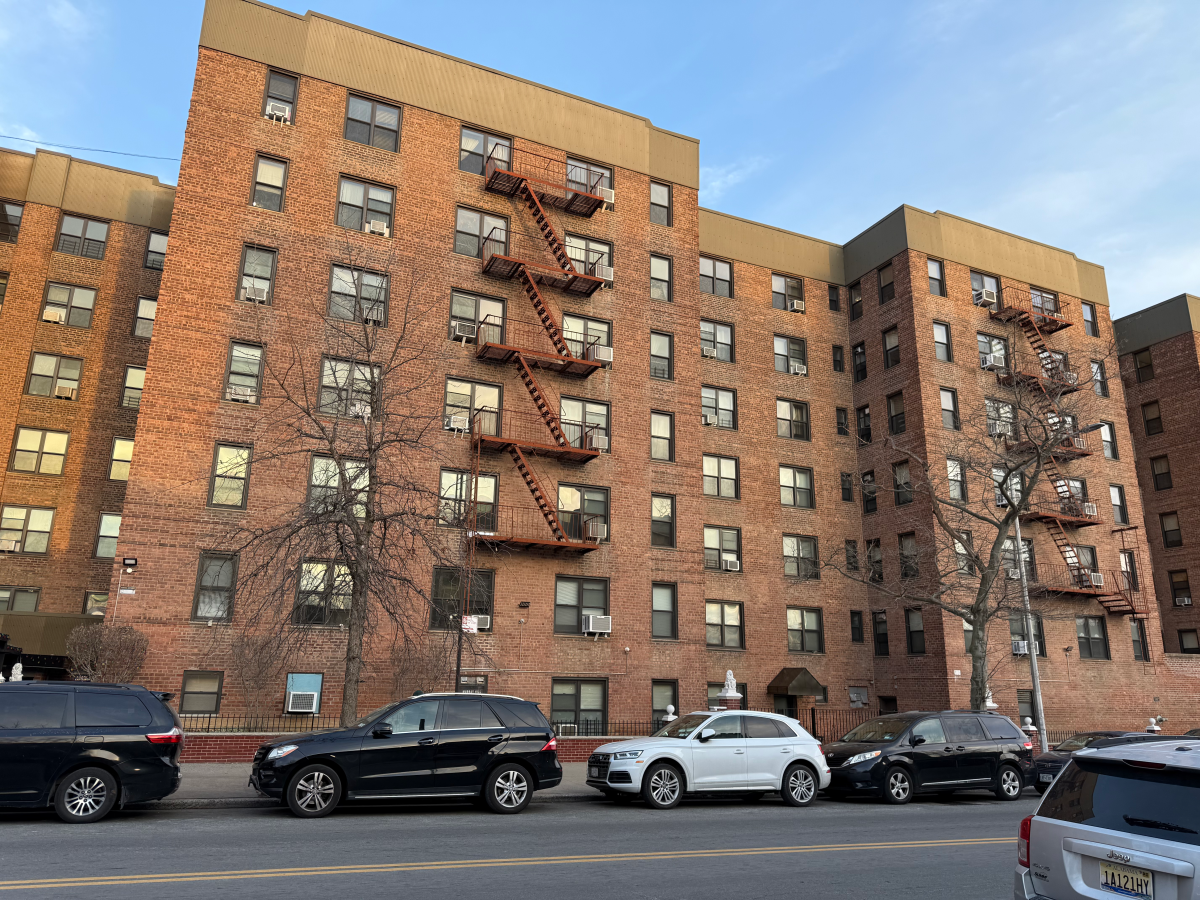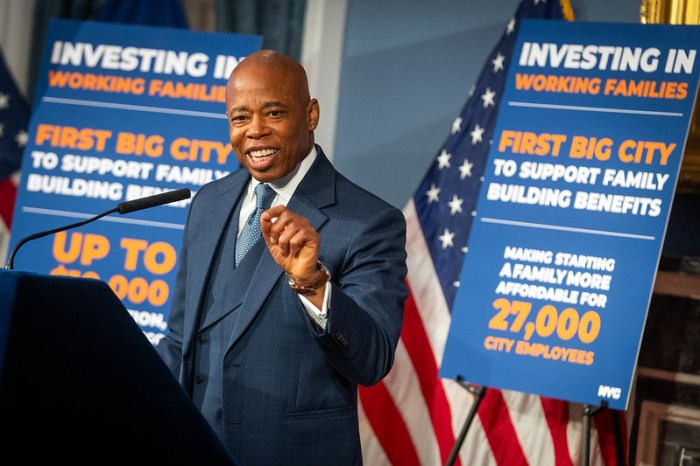As the governor and mayor put together their own plans to protect New York City and State from future storms, they would be wise to visit the case of South Ferry — if not the storm-damaged subway station itself.
The station is a few years from reopening and it will cost a jaw-dropping $600 million to repair, according to the initial estimate. If South Ferry were one of those stations that had not been renovated much the last century or so, there would be considerably less sticker shock. But the fact that the Metropolitan Transportation Authority spent $545 million in federal money to expand and reopen the station a mere four years ago, should hopefully be the wake up call that finally wakes government up.
As we report in this issue, Marine Sciences Professor Malcolm Bowman of Stony Brook University recalls being down at South Ferry with a film crew when the renovation project was just beginning. Bowman warned the M.T.A. then that they were not prepared for the floods that were likely to come.
“We’re playing Russian roulette as a city,” he said recently.
Scientists have been warning for some time that the “100-year flood” models are rapidly becoming out of date. Al Gore talked about the dangers to Lower Manhattan and the World Trade Center memorial-to-be in the 2006 film, “An Inconvenient Truth”. Many others have voiced similar warnings, including this paper, which has been reporting on it for years.
The point is that one bad storm can easily cost many tens of billions of dollars in damage and lost business, particularly when subway service is lost.
As Governor Cuomo and Mayor Bloomberg consider the staggering costs of better protections, they must factor in the even more staggering cost of cutting corners when it comes to storm protection.
As for South Ferry, it does add insult to injury that the first renovation project was initially opposed by Community Board 1, the Downtown Alliance and this paper because there was a consensus in Lower Manhattan that there were higher transportation priorities to help Downtown recover economically after 9/11.
But that said, the old South Ferry, with its cramped platform too short to accommodate all subway cars, was in need of capital money. The new station was in fact a welcome improvement for over three years and we certainly are as dismayed as anyone to see its long term closure.
We share the M.T.A.’s hope that federal money will be able to cover the damage to South Ferry, and we are relieved that officials have at last begun to give more serious thought to protecting it from future storms.
It costs too much to skimp on protection. “One hundred years” comes a lot quicker than government likes to think.

































